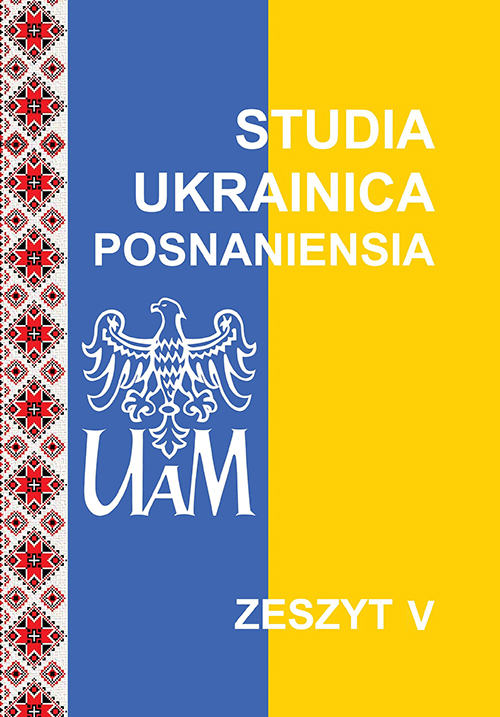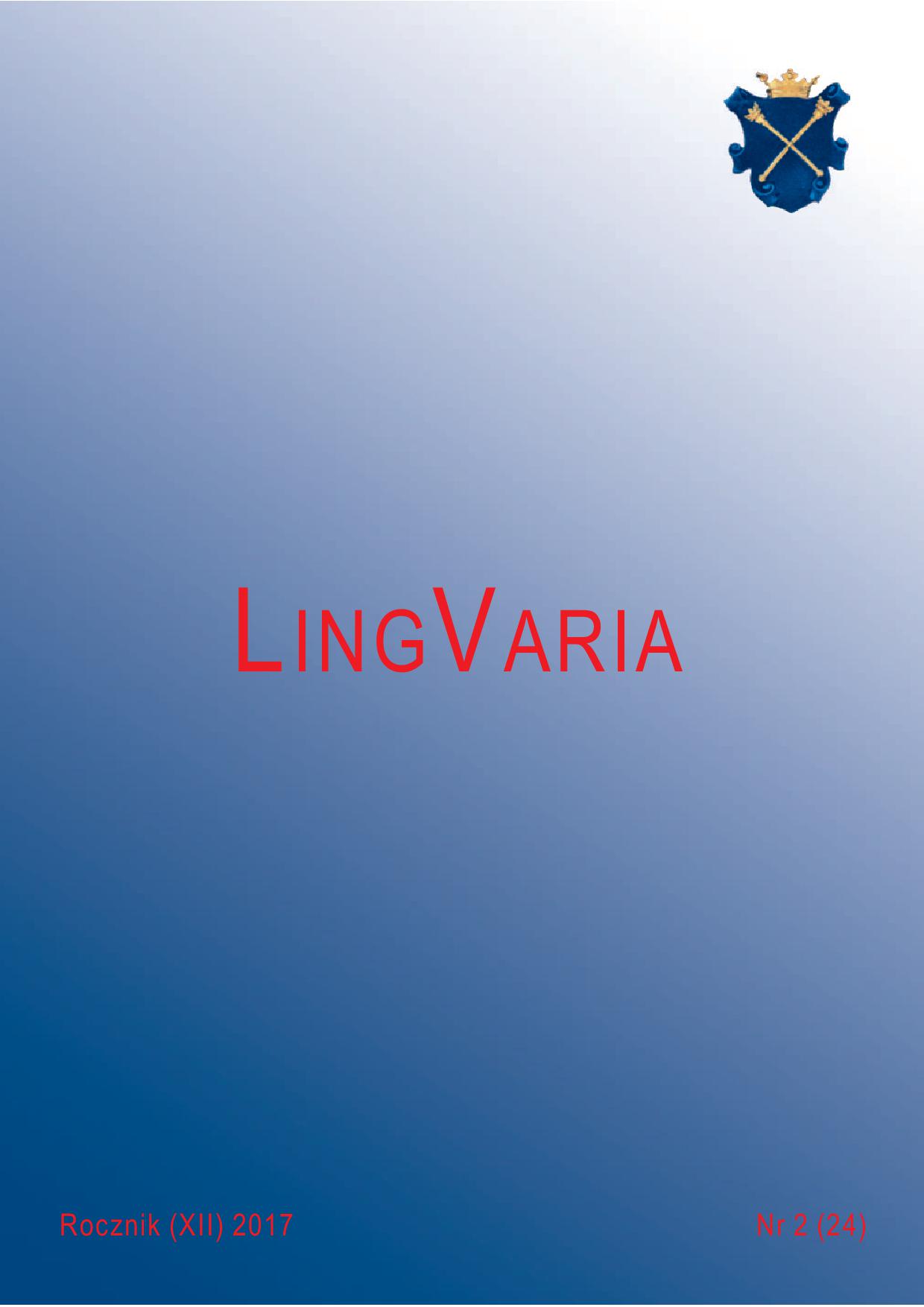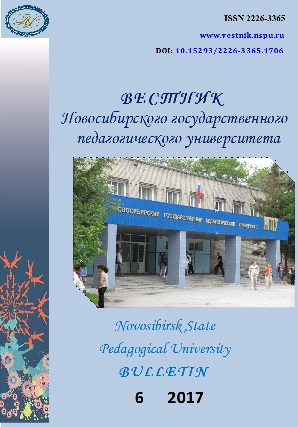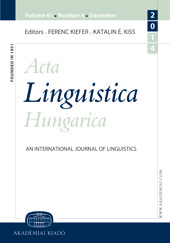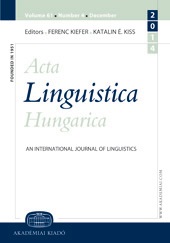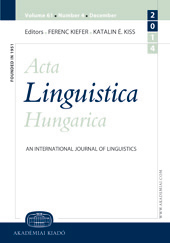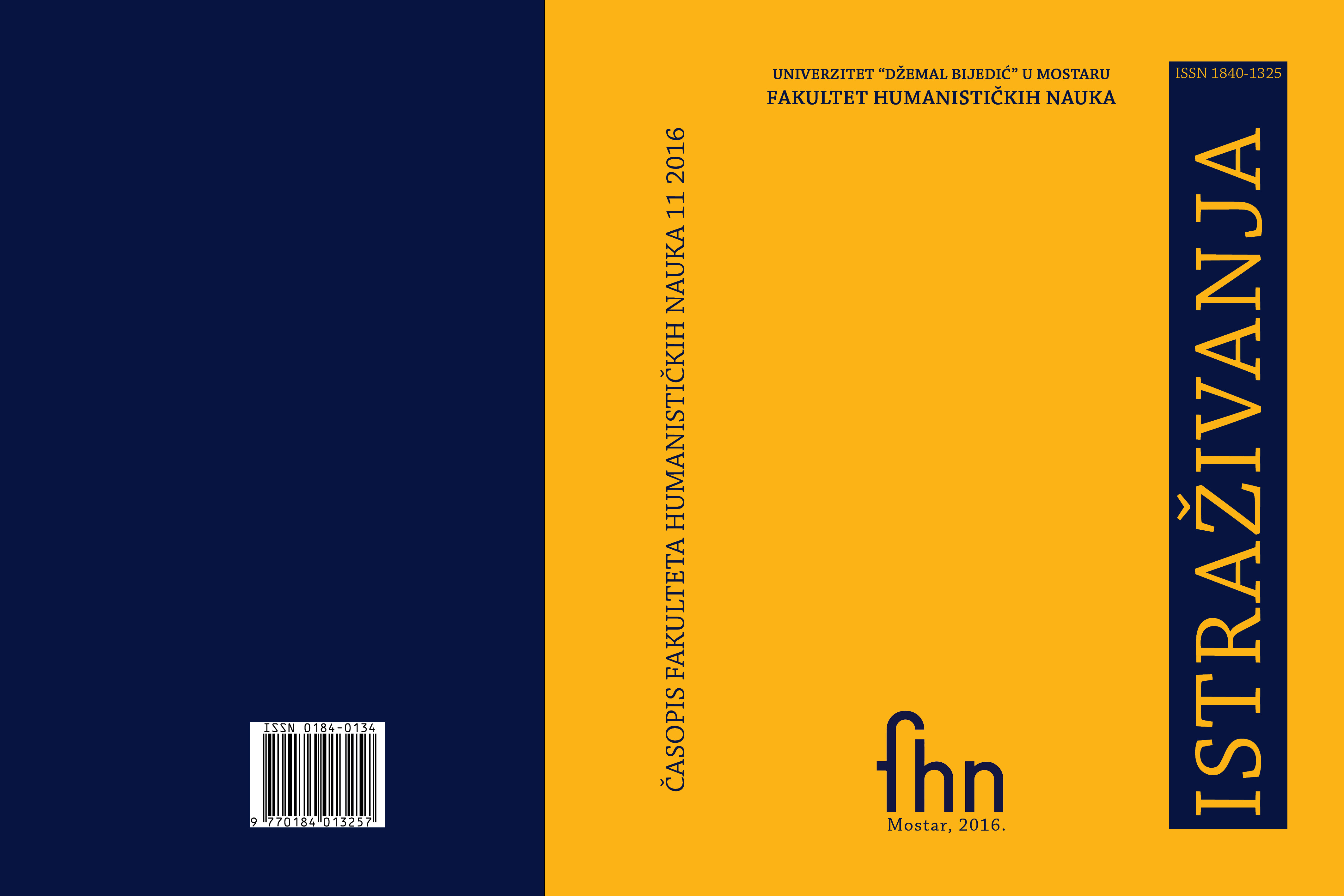
Die Ursachen für das Verschwinden von Wörtern und Sprachensterben
Die Veränderungen im Wortschatz sind durch das sprachlich-kommunikative Handeln bestimmt. So genannte lebende Sprachen unterliegen in ihrem Gebrauch in der Zeit ständig Veränderungen. Die Frage lautet, welche Veränderungen vollziehen sich im Wortschatz? Neue Wörter werden gebildet, die entweder Lücken im Wortschatz ausfüllen oder andere Wörter verdrängen. Diese bezeichnet man als Neologismen, die zu Wortschatzelementen werden oder bald aus dem Sprachgebrauch verschwinden. Die Wörter veralten oder sterben aus, d.h. dass sie den Angehörigen der Sprachgemeinschaft nicht mehr bekannt sind. Man spricht von Archaismen und Historismen, die als alt empfunden und genutzt werden, und als solche leben sie noch im lebendigen Sprachgebrauch. Oft hört man die Frage, welche Sprachen vom Aussterben betroffen sind. Auf diese gestellte Frage könnte man antworten: je mehr Menschen eine Sprache als ihre Muttersprache sprechen, um so weniger ist sie gefährdet. Weitere Faktoren, die auf das Sprachenaussterben Einfluss ausüben, sind Bereiche wie digitale Computertechnik, wirtschaftliche Wirkungen, politische Einflüsse, Unterhaltungsmusik, Werbebotschaften, Wissenschaft und Technik, Sport, Erzeugnisse usw
More...
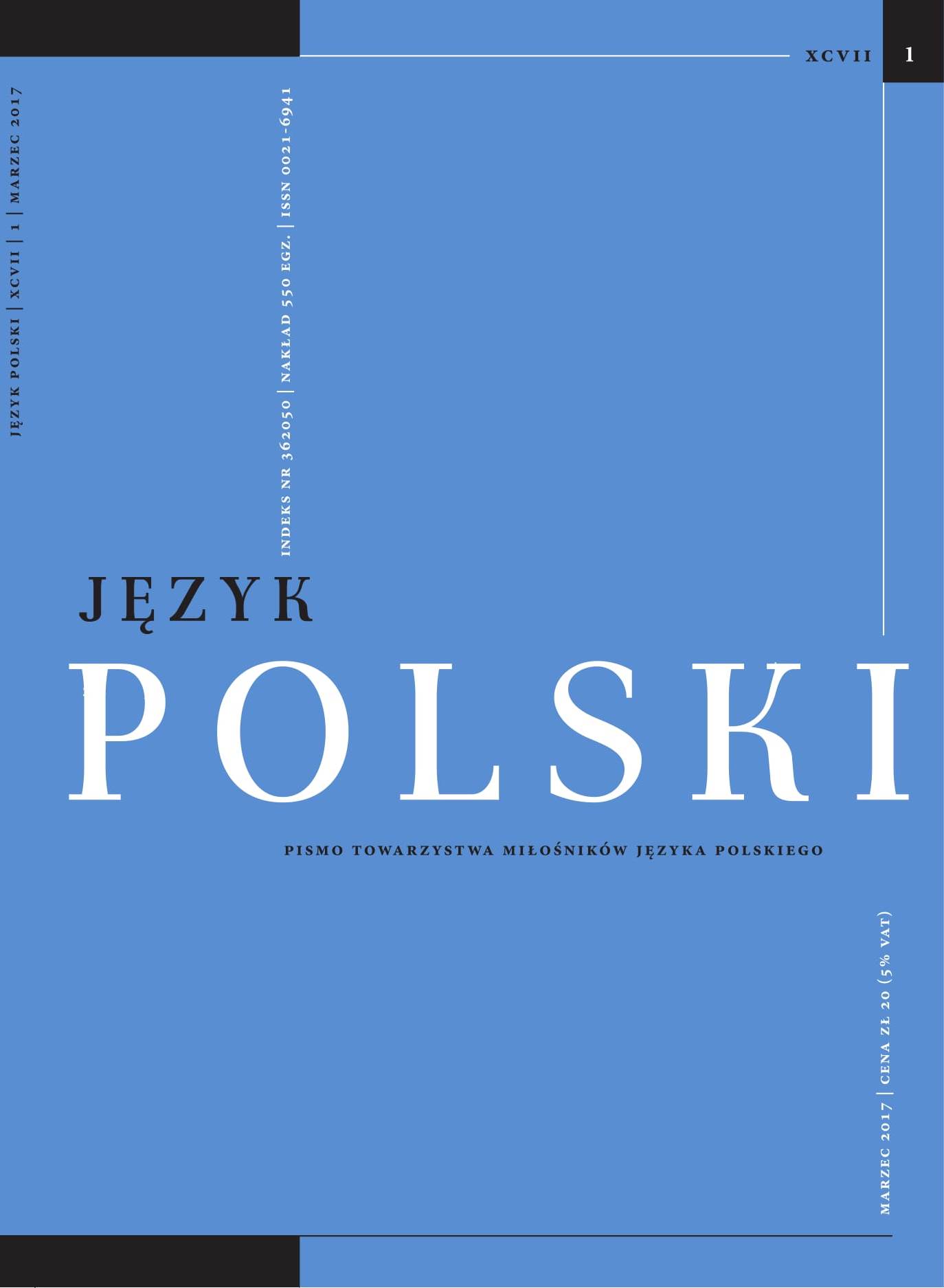
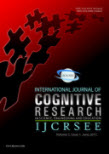
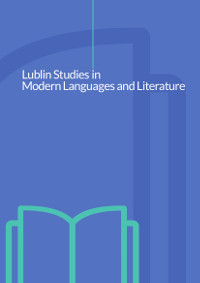
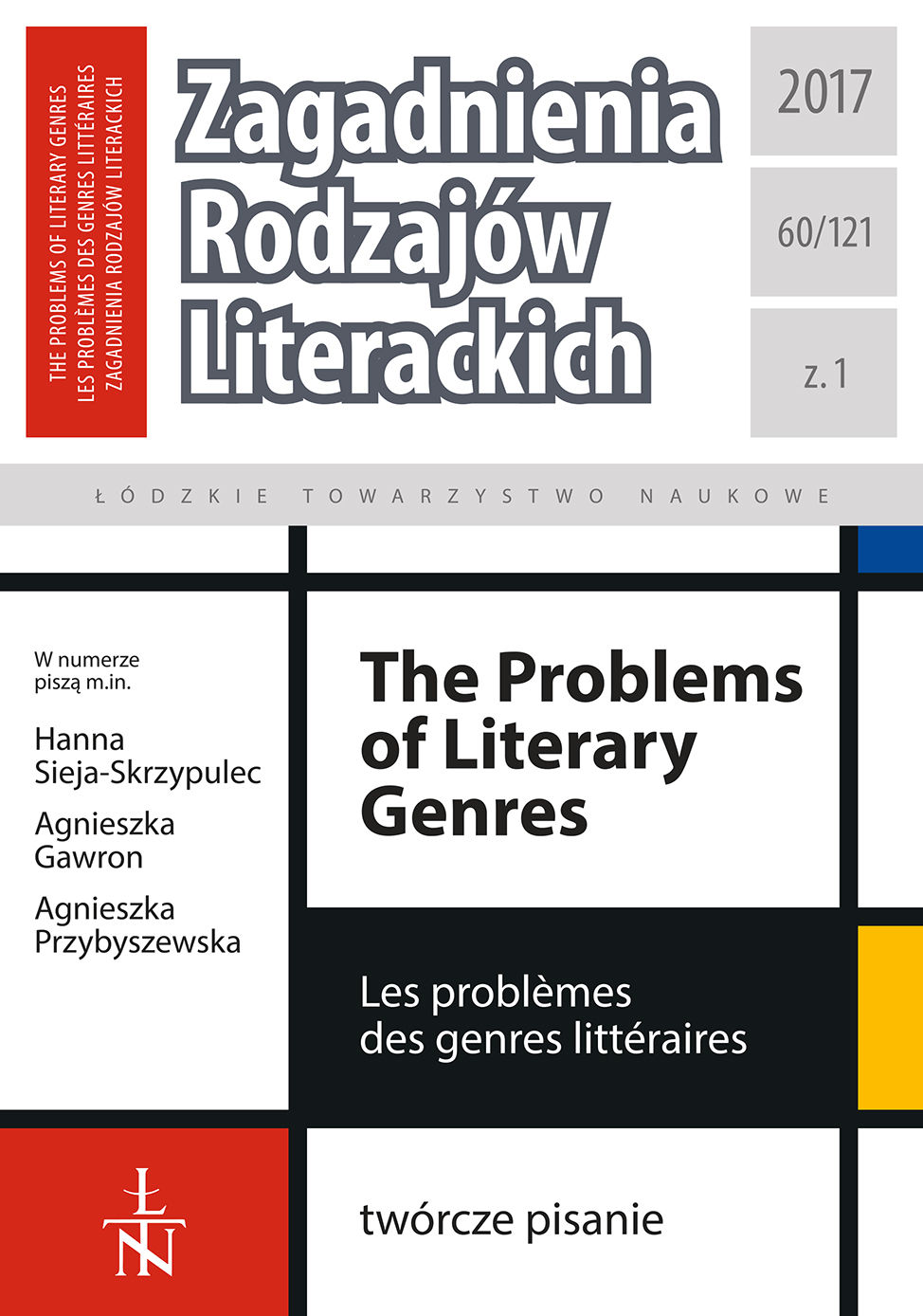
![Possibly Oriental elements in Slavonic folklore. Mamuna
[Part 1]](/api/image/getissuecoverimage?id=picture_2017_35359.jpg)
